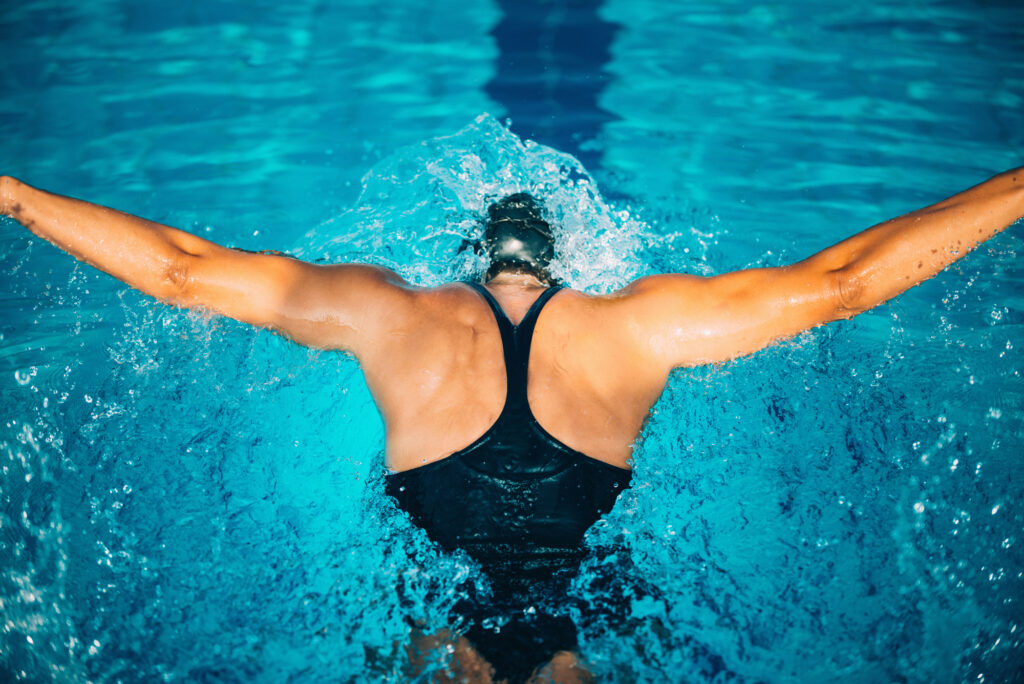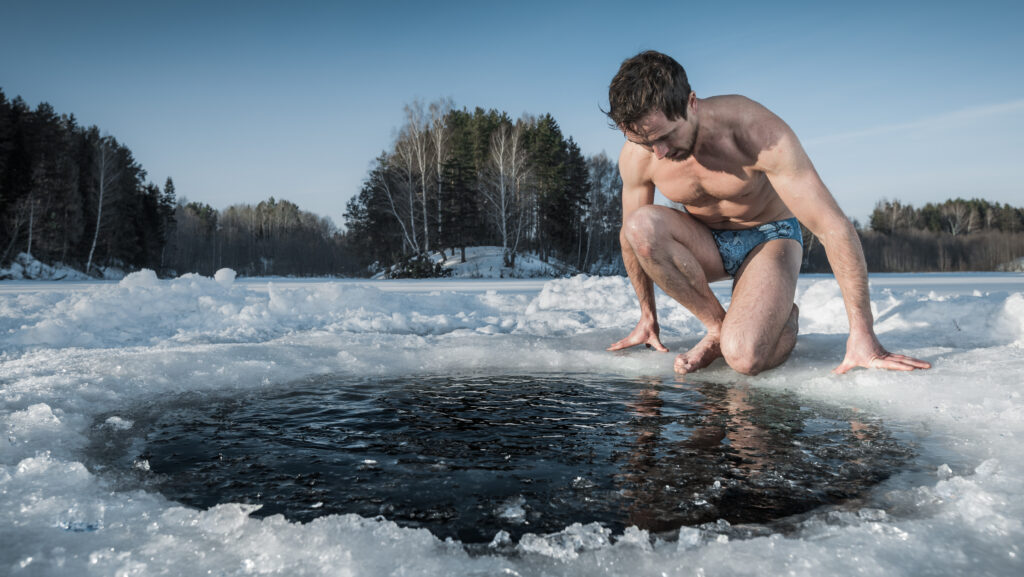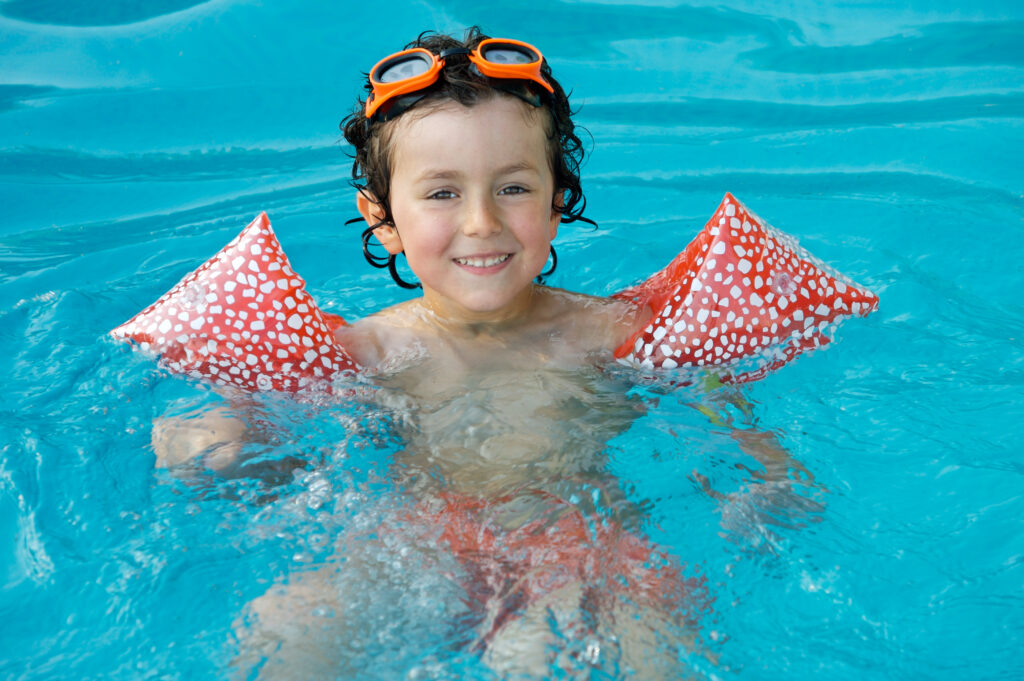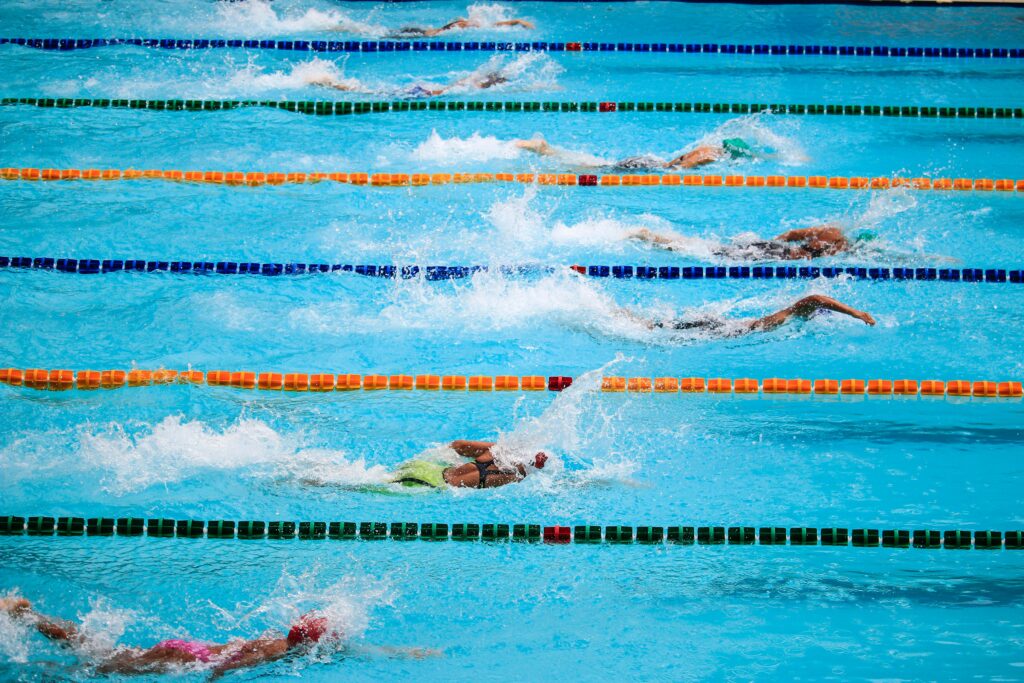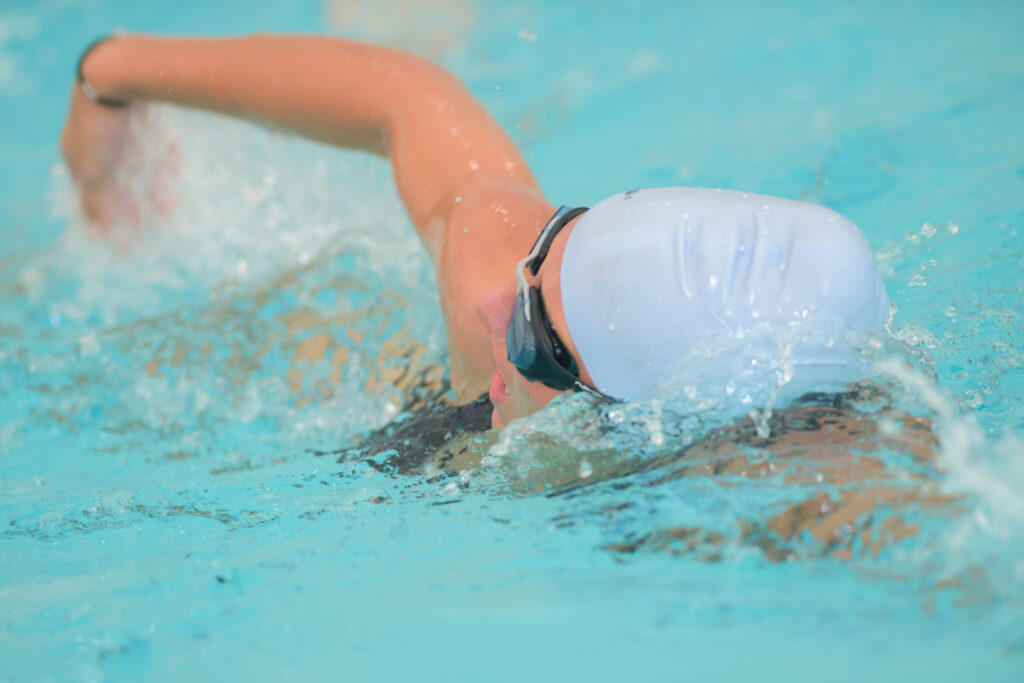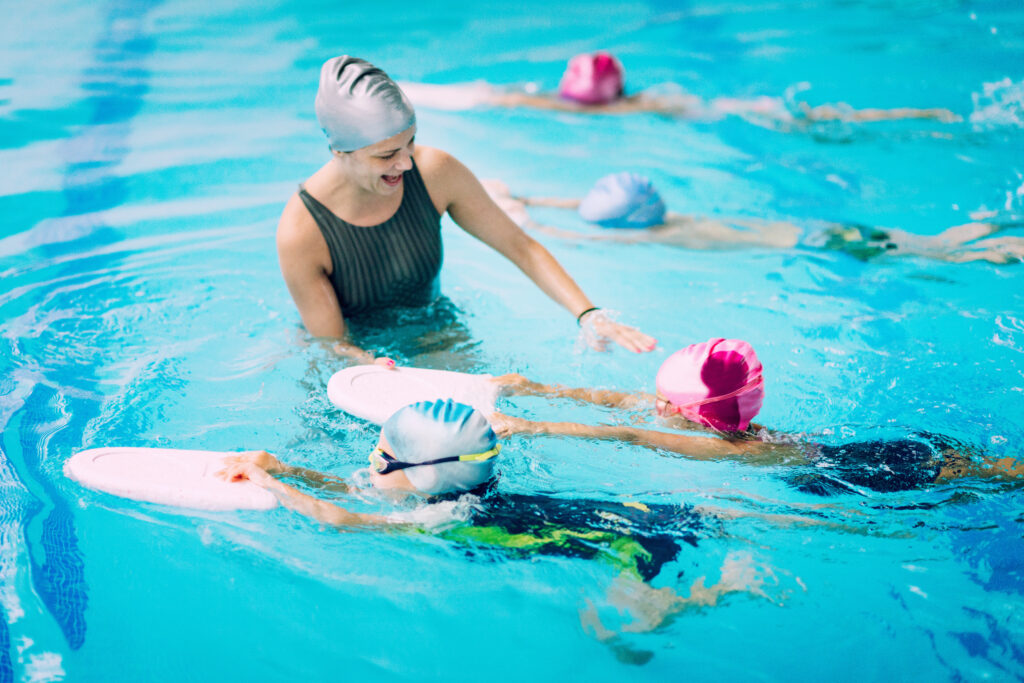Swimming is one of the best full-body workouts available, engaging multiple muscle groups with every stroke through the water. Water provides 784 times more resistance than air, creating an ideal environment for muscle development.
Regular swimming can build lean muscle mass when combined with proper nutrition and consistent training frequency of 2-3 sessions per week. The natural resistance of water creates micro-tears in muscle fibres, which repair and grow stronger over time.
Unlike weightlifting, swimming offers a low-impact way to strengthen muscles whilst improving cardiovascular fitness. The activity particularly targets the core, abdominal muscles and upper body, helping swimmers develop a toned, athletic physique without putting excess strain on their joints.
The Science of Muscle Building and Swimming
Swimming creates resistance through water density that stimulates muscle growth across the entire body. Water is 784 times denser than air, providing constant resistance that challenges muscles in unique ways.
Understanding Muscle Growth
Muscles grow through a process called hypertrophy, where tiny tears in muscle fibres heal and rebuild stronger. Swimming causes these micro-tears through the continuous resistance of water against body movements.
The key to muscle growth lies in progressive overload. Swimmers can achieve this by increasing speed, distance, or adding resistance equipment like pull buoys and paddles.
Proper nutrition plays a vital role. The body needs adequate protein to repair and build new muscle tissue after swimming sessions.

Benefits of Swimming for Muscle Strength
Swimming engages multiple muscle groups simultaneously. The freestyle stroke works the shoulders, back, and core muscles, whilst butterfly develops powerful chest and arm muscles.
Regular swimming sessions of 30-60 minutes create balanced muscle development. The low-impact nature means less strain on joints compared to traditional weight training.
Water resistance provides a natural form of strength training. Each movement requires more effort than the same motion on land, helping build lean muscle mass effectively.
Swimming improves muscular endurance by maintaining constant tension throughout strokes. This leads to better muscle tone and functional strength.
Different Swimming Strokes and Muscular Engagement
Swimming builds muscle through targeted movements that engage specific muscle groups. Each stroke creates unique patterns of muscular activation, making swimming an excellent full-body workout.
Freestyle and Front Crawl Techniques
The freestyle stroke primarily targets the upper body muscles. The deltoids and latissimus dorsi work continuously during the pulling phase.
Your triceps activate during the push phase of the stroke, whilst your shoulder muscles maintain constant engagement throughout the movement.
The rotational body movement engages the core muscles, particularly the obliques. Your legs perform a flutter kick that strengthens the quadriceps and calves.
Key Muscle Groups:
- Upper back
- Shoulders
- Triceps
- Core
- Quadriceps
Breaststroke’s Impact on Muscle Groups
The breaststroke uniquely engages the inner thighs and hamstrings through its distinctive frog kick motion. The pulling motion activates the chest muscles and biceps.
This stroke places significant emphasis on the hip flexors and gluteal muscles during the leg movement. The recovery phase engages the upper back muscles.
Primary Benefits:
- Strengthens inner thigh muscles
- Develops chest muscles
- Builds hamstring strength
- Improves hip flexibility
Backstroke: Targeting the Upper Body
The backstroke heavily relies on the upper back muscles and posterior deltoids. The continuous arm rotation builds shoulder stability and strength.
Your biceps work during the pull phase, whilst triceps activate during the push phase. The flutter kick engages the hip flexors and quadriceps.
Core muscles maintain proper body position and rotation throughout the stroke.
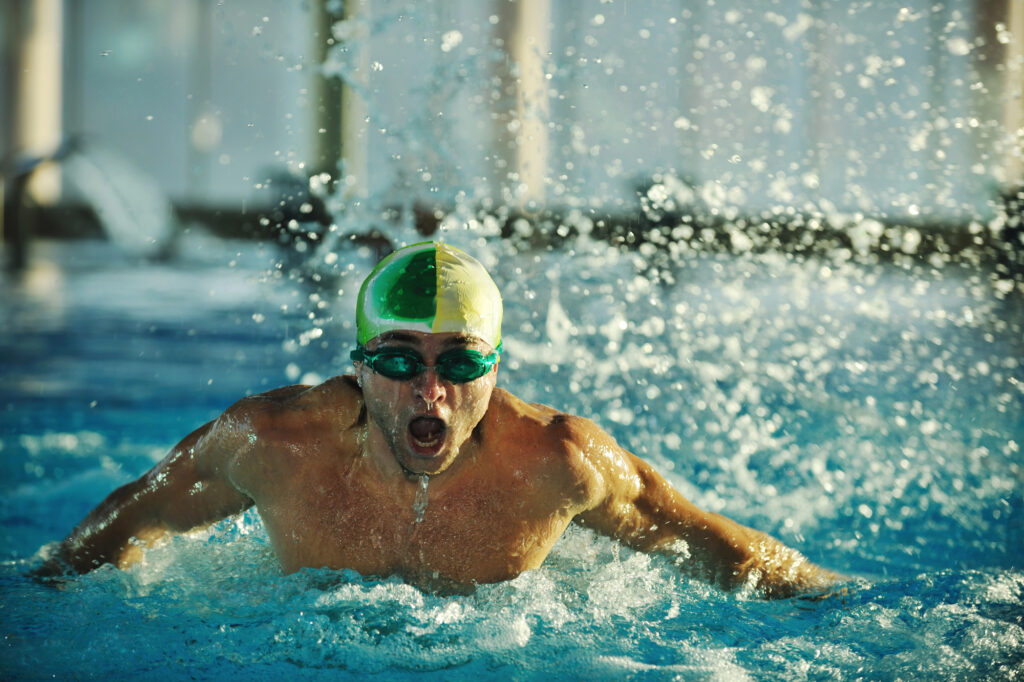
Butterfly Stroke for Core and Shoulders
The butterfly stroke demands the most power and creates intense muscular engagement. The dolphin kick movement requires strong core muscles and hip flexors.
Your shoulders and upper back perform powerful pulling motions. The chest muscles contract during the recovery phase of the arm movement.
Required Muscle Strength:
- Powerful core
- Strong shoulders
- Developed chest muscles
- Flexible hip flexors
Proper technique is essential to prevent injury and maximise muscle development.
Training Techniques for Optimal Muscle Development
Building muscle through swimming requires specific techniques and strategic training approaches. Proper form, consistent practice, and varied exercises create the foundation for muscle growth in the water.
Incorporating Interval Training and Drills
Swimming workouts for muscle gain should include high-intensity intervals mixed with active recovery periods. Start with 25-metre sprints followed by 15 seconds of rest, repeating 8-10 times.
Essential Drills:
- Single-arm freestyle pulls
- Vertical kicking with dumbbells
- Resistance band swimming
- Flutter kick intervals
Aim to train 2-3 times per week for 30-60 minutes each session. Keep rest periods short between sets to maintain elevated heart rate and muscle engagement.
Integrating Weightlifting and Calisthenics
Swimming combined with strength training creates a powerful muscle-building programme. Perform these exercises on non-swimming days:
Bodyweight Exercises:
- Push-ups: 3 sets of 12-15
- Pull-ups: 3 sets of 8-10
- Dips: 3 sets of 10-12
Weight Training:
- Shoulder press
- Lat pulldowns
- Squats
Keep weights moderate and focus on proper form. This combination helps develop the strength needed for powerful swimming strokes.
Dynamic Stretching and Flexibility
Proper mobility ensures efficient swimming technique and reduces injury risk. Perform these movements before each session:
Pre-swim routine:
- Arm circles: 20 forwards, 20 backwards
- Trunk rotations: 15 each side
- Leg swings: 12 per leg
- Shoulder rolls: 2 sets of 10
Include Pilates exercises twice weekly to improve core strength and flexibility. Focus on movements that enhance shoulder mobility and spine rotation.
Nutrition and Recovery in Muscle Building
Building muscle through swimming requires proper nutrition and adequate rest periods. The right mix of nutrients and recovery strategies helps maximise muscle growth and repair.
Protein Intake for Muscle Repair
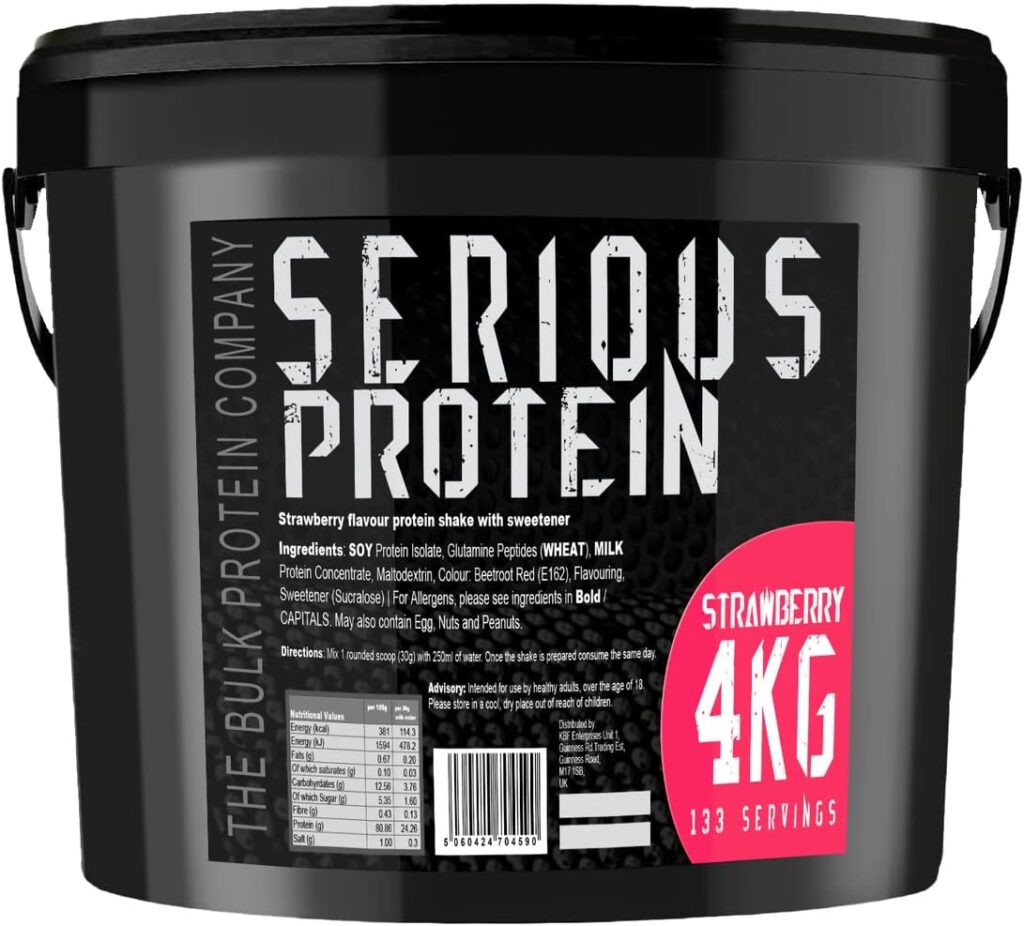
Swimming requires 20 grams of protein after workouts to support muscle repair. Athletes should aim to consume protein throughout the day, not just after exercise.
High-quality protein sources include:
- Eggs
- Lean poultry
- Fish
- Greek yoghurt
- Whey protein supplements
Timing matters with protein intake. Consuming protein within 30 minutes after swimming helps start the muscle repair process quickly.
Role of Carbohydrates and Healthy Fats
Complex carbohydrates provide essential energy for swimming workouts. Good choices include:
- Whole grain bread and pasta
- Brown rice
- Sweet potatoes
- Oats
Healthy fats support hormone production and reduce inflammation. Include foods like:
- Avocados
- Nuts and seeds
- Olive oil
- Fatty fish
Importance of Hydration and Rest
Swimmers need to drink water before, during, and after training. Dehydration can reduce performance and slow muscle recovery.
Rest periods between swimming sessions are crucial. Muscles need 24-48 hours to repair and grow stronger. Sleep quality matters too – aim for 7-9 hours per night.
Active recovery days can include light swimming or gentle stretching. This helps maintain flexibility while allowing muscles to heal.
Assessing the Effects of Swimming on Body Composition
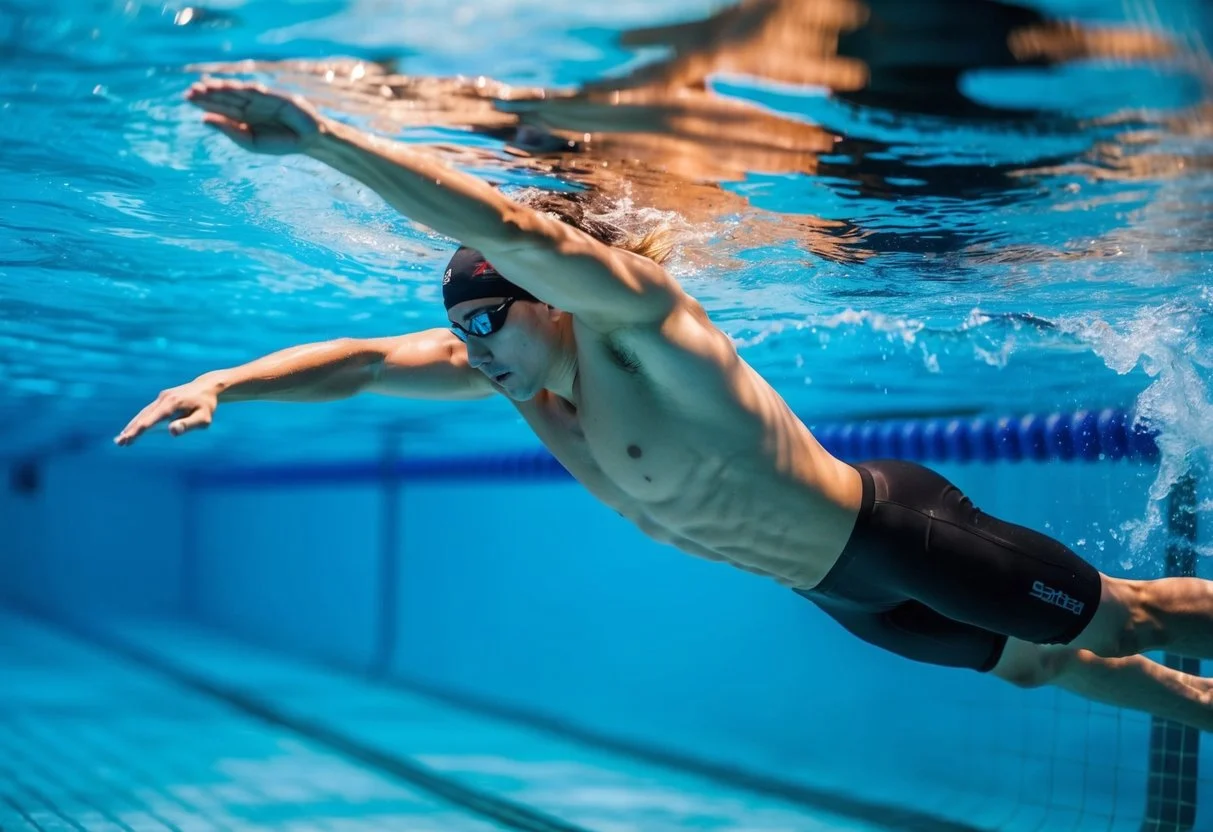
Swimming creates unique changes in body composition through constant water resistance and the engagement of multiple muscle groups. Regular swimming improves lean muscle mass while reducing body fat percentage.
Lean Muscle Development Through Swimming
Swimming builds lean muscle through natural water resistance that engages muscles throughout each stroke. The resistance applies force in multiple directions, creating a more balanced muscle development pattern.
The water environment forces core muscles to stay engaged for stability. Your abdominals, obliques and lower back work continuously to maintain proper form while swimming.
Athletes typically see muscle development in:
- Shoulders and upper back
- Core muscles
- Gluteal muscles
- Quadriceps and hamstrings
Comparison with Traditional Strength Training
Swimming differs from weights in several key ways. While weightlifting focuses on isolated movements, swimming engages multiple muscle groups simultaneously.
Traditional strength training creates micro-tears in muscles, leading to bulk. Swimming develops leaner, longer muscles due to the consistent, lower-resistance movements.
Key differences:
- Swimming: continuous resistance, full-body engagement
- Weights: isolated movements, higher resistance
- Swimming: lower risk of injury
- Weights: faster strength gains
Balancing Swimming and Dryland Exercises
Combining swimming with land-based training maximises muscle development and strength gains. A balanced programme should include both water and dryland exercises.
Recommended weekly training split:
- 2-3 swimming sessions
- 1-2 bodyweight training sessions
- 1-2 resistance training sessions
Rest periods between sessions are essential for muscle recovery and growth. Proper nutrition supports muscle development, with adequate protein intake being particularly important.
Health Benefits Beyond Muscle Building

Swimming offers a wide range of health advantages that extend far beyond just building lean muscle mass. Regular swimming sessions create positive changes throughout the entire body and mind.
Improving Cardiovascular Fitness
Swimming is a powerful form of cardiovascular exercise that strengthens the heart and lungs. The rhythmic nature of swimming forces the body to learn efficient oxygen use.
The water’s resistance makes the heart work harder to pump blood, which improves overall heart health. This increased effort helps lower blood pressure and improves circulation.
Swimming for just 30 minutes can provide the same cardiovascular benefits as running, but without the joint stress. The low-impact nature makes it perfect for people of all fitness levels.
Weight Loss and Metabolic Advantages
Swimming burns significant calories due to the constant movement against water resistance. A typical hour-long session can burn between 400-700 calories, depending on intensity.
The cool water temperature forces the body to work harder to stay warm, which increases calorie burn. This effect continues even after leaving the pool.
Regular swimmers often experience improved metabolic health. The full-body workout helps maintain healthy blood sugar levels and increases the body’s ability to burn fat.
Mental Health and Age-Related Benefits
Swimming releases endorphins that reduce stress and anxiety. The rhythmic movements and breathing patterns create a meditation-like state.
The weightless environment reduces physical tension and promotes relaxation. Many swimmers report better sleep quality and reduced symptoms of depression.
For older adults, swimming helps maintain cognitive function and memory. The combination of physical exercise and concentration required for proper form engages multiple brain areas.
The low-impact nature makes it an ideal exercise for maintaining mobility and independence with age. Regular swimmers often maintain better balance and coordination into their later years.
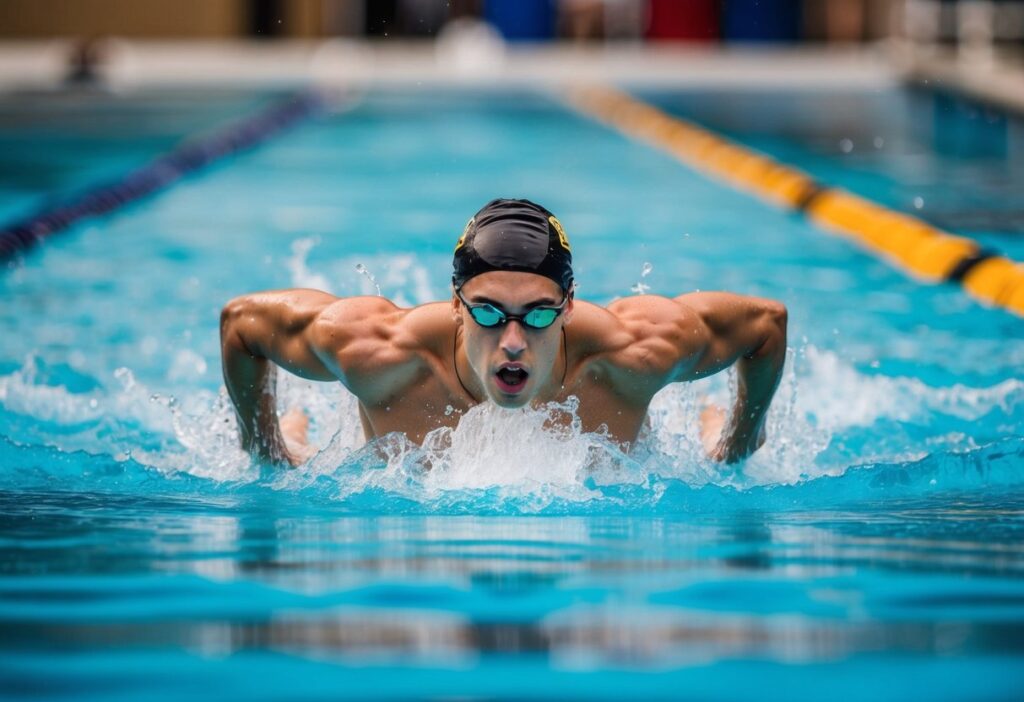
Developing a Swimming Training Programme
A good muscle-building swim programme needs 2-3 sessions per week, with each session lasting 30-60 minutes. This allows enough time for recovery between workouts while maintaining steady progress.
Setting clear goals helps track progress. Swimmers should write down targets for distance, time, and the specific muscle groups they want to develop.
Water provides natural resistance that helps build lean muscle. Swimmers can increase this resistance by using training tools like pull buoys and paddles.
Progressive overload is essential. Start with shorter distances and more rest periods, then gradually increase distance and reduce rest time as fitness improves.
Sample Weekly Programme:
- Monday: Full-body swim focusing on freestyle and breaststroke
- Wednesday: Upper body focus with paddles and pull buoy
- Friday: Lower body emphasis using kick boards and fins
Targeted workouts can isolate specific muscle groups. Swimmers can alternate between full-body sessions and focused training days for better results.
Recovery is crucial. Proper rest between sessions helps prevent injury and allows muscles to repair and grow stronger.
Monitoring progress through timing and distance measurements helps ensure the programme remains challenging enough to stimulate muscle growth.
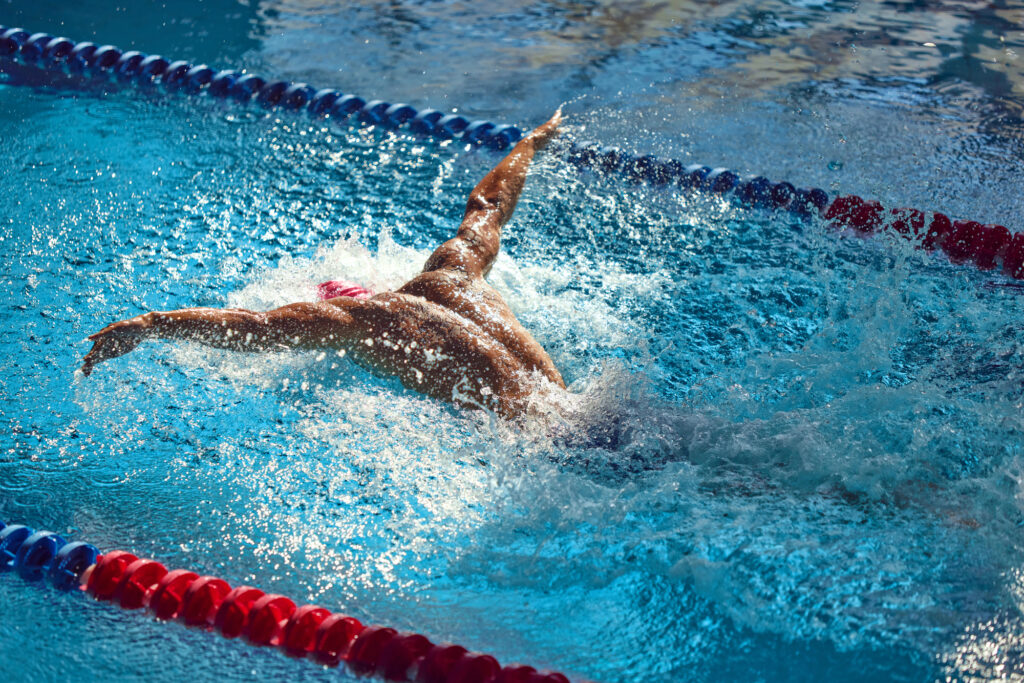
Frequently Asked Questions
Swimming can build significant lean muscle through consistent practice and proper technique. The water’s resistance works muscles differently than land-based exercises, creating unique adaptations in strength and muscle tone.
How effective is swimming for muscle toning compared with other forms of exercise?
Swimming builds lean muscle mass through high-repetition movements against water resistance. This form of resistance training differs from weights by providing constant, multi-directional resistance.
The low-impact nature of swimming makes it especially effective for building muscle without stress on joints.
What areas of the body does swimming predominantly develop?
Swimming engages multiple muscle groups simultaneously, particularly targeting the shoulders, back, and core.
The leg muscles receive extensive work through kicking motions, whilst arm and chest muscles strengthen through pulling movements.
Is swimming suitable for fat burning and does it contribute to a leaner physique?
Regular swimming creates a lean, toned appearance by combining muscle development with cardiovascular exercise. The activity burns significant calories whilst building muscle.
Swimming helps develop a lean, athletic build through its combination of resistance and aerobic exercise.
How long does it usually take to notice muscle definition from regular swimming?
With consistent practice of 2-3 sessions weekly, swimmers typically notice improved muscle definition within 6-8 weeks.
Results vary based on swimming intensity, technique, and nutritional habits.
Can engaging in different swimming strokes influence muscle development?
Different strokes target distinct muscle groups. Butterfly strengthens shoulders and upper back, whilst breaststroke emphasises leg muscles.
Freestyle provides balanced muscle development across the entire body.
What are the potential differences in muscle gains from swimming versus weight training?
Swimming creates longer, leaner muscles compared to the more concentrated muscle growth from weight training.
Swimming provides a full-body workout that builds endurance and flexibility alongside strength, whilst weight training focuses on isolated muscle growth.
Swimmers develop functional strength that translates well to daily activities.

